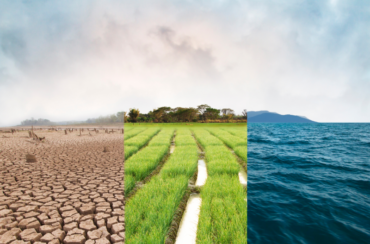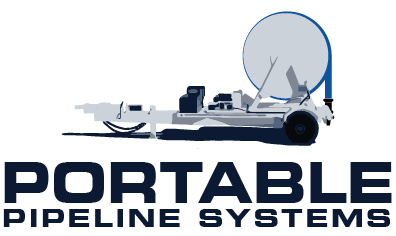
Water Management As A Solution To Climate Based Disasters: Insights From COP 26
For the past 3 decades, the United Nations has brought the world together at Climate Change Conferences (COPs). This year’s summit was held in Glasgow and gave world leaders a chance to discuss everything from climate change to fossil fuels. In this post, I’ll take you inside the Water Pavillion, where leaders and experts cover all things water-related. Here’s how vital water management systems are to the future of our world.
What’s The Big Deal With Water Anyways?
Water is everywhere and is used by every living creature to survive. The importance of water as a resource is constantly impressed upon us through all phases of life. It is critical but limited, and millions of people worldwide have no access to clean water.
“Today the crisis is worsening water scarcity could displace 700 Million people worldwide by 2030”, said Mr. Gilbert F. Houngbo, Chair of UN-Water and President of IFAD.
So, that’s the first huge impact water management has on our world, which you might have already known, but of course, there’s more. Water has a distinct impact on our environment in ways that controls more than just who has access to it. Improper water management can lead to worsening natural disasters, which we are already seeing more of due to climate change.
“Around 3/4 of all disasters between 2001 and 2018 were water-related. We experience climate change through water, in flood, rising sea levels, and contamination, or through its absence in wildfire and drought. “, said Hounbo. “By 2050, 2 Billion people could be vulnerable to floods.”
Our environment losing water rapidly, and unless changes are made, there won’t be any of the aquatic ecosystems left that we need to live decent lives.
The experts know that the secret to reducing disasters is all about managing water more effectively. And part of this process will be making the water cycle more resilient to climate change.
What Can Be Done?
On the individual level, we can all take shorter showers and try not to leave the sink running, but that’s only a fraction of the solution. The goal of leaders during COP 26 was to earn water its rightful place on the climate change agenda. Although it isn’t that simple.
There is no single solution that a country can use to solve the water crisis. We need to unite the nations and make the science available to all because water does not follow political boundaries. Some campaign for a full societal approach alongside institutions that are responsible for all things related to water.
“There needs to be at the national level, mechanisms to facilitate coordination across the whole of government systems because we know that water is primarily used outside of the water sector itself,” said Ingrid Tomboe, Policy Director at the Alliance for Global Water Adaptation (AGWA).
Regions that are already facing water scarcity could face long-term damage to their water infrastructure systems from a single disaster. There is also an incredible amount of uncertainty surrounding how much water we will even have access to at any given time.
With Water Being So Privatized, How Will People Get Access To Their Basic Needs?
On a side note, someone brought up an interesting point during the panel discussion. A human rights-based approach towards water distribution was adopted in 2010, but so far, the experts aren’t seeing the kind of government action they were hoping for.
There will need to be legislature backing these goals and further transparency to prevent corruption. The impacts of climate change will make this even more important. Though there is some hope in the form of laws that counter water privatization.
3 Areas Of Engagement For A Successful Global Water Management Plan
Tom Williams of the World Business Council For Sustainable Development proposed 3 key areas to ensure that “water management is embedded in decision making.
- Supply Chain Integration, especially in areas that are heavily impacted by changes in water supply such as energy and food.
- Infrastructure- Waster water is a huge untapped area and could be a potential resource for the food and energy sectors.
- Finance- How can private sector funds be used to finance the private sector? One potential solution is incentivizing farmers to adopt standardized sustainable practices.
Wrap Up
Any type of plan that requires global engagement and communication between governments will be difficult to implement. And the biggest challenges experts face currently seems to be getting the right people on board. On the micro-level, safe and effective water transportation solutions are key to any functioning water management strategy. Portable Pipeline Systems offers a variety of above-ground water transportation solutions designed to function reliably in any natural disaster, from floods to wildfires.



 Sales Office Location
Sales Office Location
 sales@portablepipelinesystem.com
sales@portablepipelinesystem.com